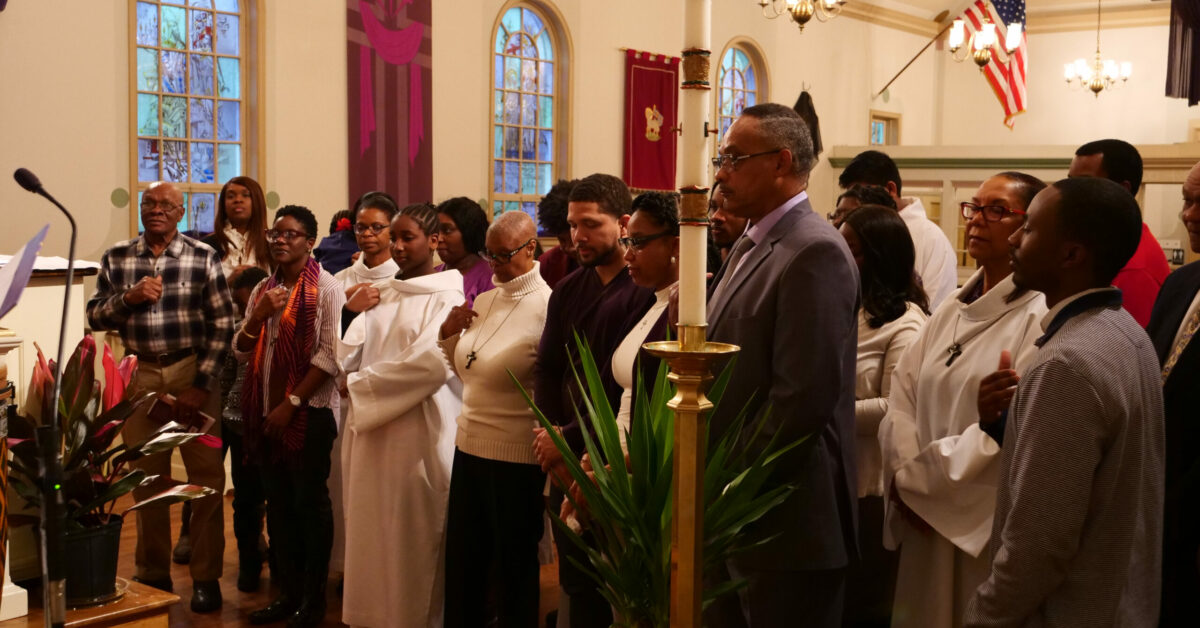Catechumenate Disciple Making: On the Way in the Mission
The 1st characteristic of mDNA that Alan Hirsch discusses (but the 4th in our series of blog posts) is disciple making or discipleship. This is what the catechumenate aims at: to form disciples of the Lord Jesus Christ and of his Father. So how does Hirsch define discipleship? “Following Jesus and becoming increasingly like him (Christlikeness)” (The Forgotten Ways, 41). Obviously, we cannot be exactly like Jesus since he was the Logos, of one substance with the Father, sent by him to take on the flesh of God’s creatures. For Hirsch, in his humanity Jesus provides the image of the true human. In Jesus, we discover what true and faithful “creatureliness” looks like. So to be a disciple, to model Jesus, means through and in him truly to become the creatures God intended us to be.
Since this is God’s mission in his Son—to make us into the true, faithful humans God intended—as Hirsch says, “We never move from being a disciple on the way” (103). The Word is always forming us into sons and daughters of the living God through the one true Son, Christ Jesus. This kind of discipleship—formation into being sons and daughters—runs counter to the ways in which we usually today incorporate people into the church’s life. We often do not expect much transformation from them or any substantial change in their behavior, or even in their beliefs. In current patterns, incorporating them into the church involves primarily the intellectual assimilation of ideas. Discipleship is much too easy. This kind of approach simply acquiesces to the religion of consumerism and moves the church into an attractional mode of mission. Make the church attractive (and God too) so that people will want to invest in the church, even if they are not really expected to change.
Hirsch’s vision of discipleship within the church’s mission entails “An actively Christlike (redemptive) presence in every neighborhood and every sphere of life” (114). This demands that in the world disciples “live our truths” and “express the message authentically through the media of … [our] … personal and common lives together” (114). Living our truth—the life and mission of the Triune God—demands change, because our old lives don’t reveal that truth. Such transformation into living reflections of the true humanity of the Lord Jesus is the foundation of the believability of God’s mission. It provides the compelling witness that is the vehicle for the church’s transfer of the gifts of God in Christ to others.
The catechumenate aims to form this kind of discipleship in the lives of the catechumens. The intentional, lengthy, ritually focused, and community embedded formation of the catechumenate embodies the gospel and gospel-centered life in the catechumens. It is a lived integrity. The catechumenate operates on the principle that disciples are acting their “way into new ways of thinking,” living, and belonging (122). This is why mentorship is so important to disciple making. The church has to model this way of acting. Central to the catechumenate is such modeling in the form of sponsorship.
Because of such embodied and enacted disciple formation in the catechumenate, there is a visible and palpable consistency between the message and the messenger, the gospel and the disciple. It produces disciples who understand that for the rest of their lives they are on the way toward God’s kingdom. From that moment forward, they are participants in inviting others to join them on that way to discipleship. As Hirsch says, they are “Active participants in the mission Dei” from the moment they join the catechumenate (119). From the outset, these catechumens becoming disciples are “hitting the road with Jesus” (120).
